
New experiences, great trips, and experiences outside our comfort zones are now more planned and require a wide margin of flexibility. 2021 has been another year of living between the normality that we’re slowly regaining as a society and the exceptional nature of continuing to deal with the pandemic’s consequences, which impact everything.
However, reading is still around and isn’t going anywhere. This pastime is always a great way to tune the world out and tune in to others’ stories about events we haven’t witnessed firsthand.
The ten articles we’ve chosen, all posted on our blog throughout 2021, have generated interest and been read a lot, and they’ve taken us to incredible places in fantastical modes of transportation, once again showing that humankind is capable of creating true wonders.
We invite you to join us on our tour of these engaging readings, and of course, our warmest wishes to you in the new year. Here’s to a great 2022!
-
Planning a motorcycle trip?
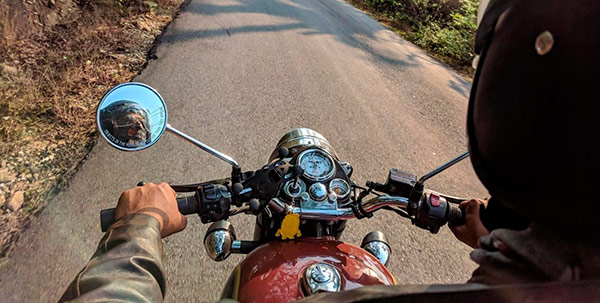
We begin this journey with the story of a mechanic and true motorcycle buff who offers 3 Tips on How to Prepare Your Long-Distance Motorcycle Ride for it to be as efficient and comfortable as possible. His recommendations range from the right motorcycle for this type of trip and any necessary maintenance for it to the essential equipment to make the experience as pleasant as possible. We hope this guide will help you if you’re thinking of embarking on this type of journey!
-
Underground cities
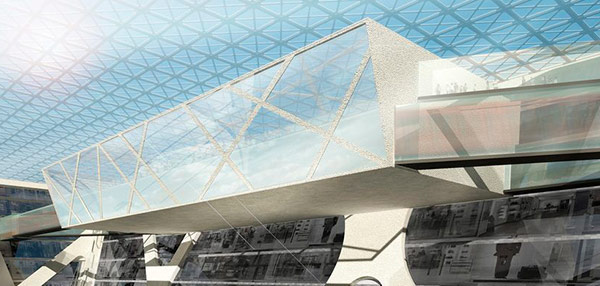
The surface is exciting, but we can’t downplay the thrill of the subsoil. That’s why we’ve chosen the post, Subterranean Cities: Living Life Underground. Throughout history, societies have resorted to underground infrastructure for different reasons: to protect themselves from extreme climates, to defend themselves during conflicts, or due to the expansion capacity of space that’s under the ground we walk on. We can find real spectacles, like the more than 30-kilometer-long Toronto PATH that leads to an underground city, the galleries of Helsinki, the gardens under New York, or the inverted skyscraper project for Mexico City.
-
A tunnel in the middle of the jungle?
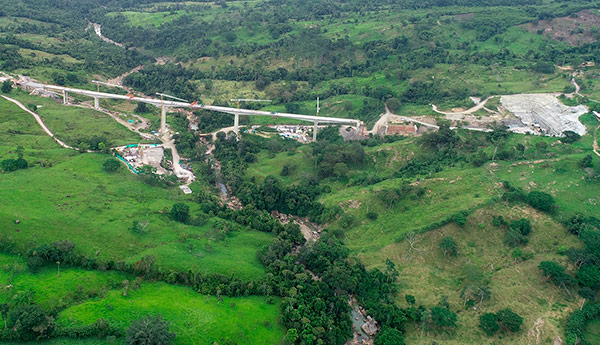
Underground construction entails huge technological, engineering, and construction challenges. This is also the case with mountainous or jungle terrain or any territory that poses difficulties when creating infrastructure for addressing difficult or impossible access points or journeys because of different landforms. This inspires our deep admiration for The Challenge of Building a Tunnel in the Middle of the Colombian Rainforest. The La Paz Tunnel runs through several kilometers of tropical forest, and it weathers two seasons of torrential rains a year. The structure’s success is thanks to the work of a multidisciplinary team based on a combination of knowledge and applications of more traditional excavation techniques, along with technological innovation solutions. We don’t want to reveal any more details about this fantastic project and spoil the surprise for you.
-
The Thames Tideway project in London
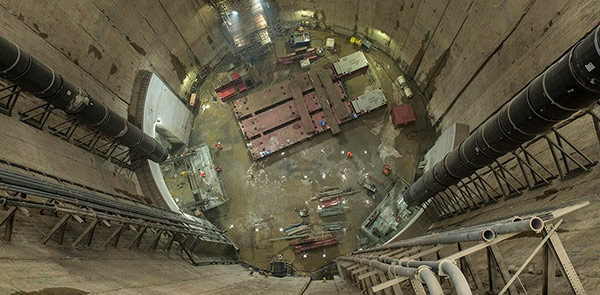
We continue our tour of different surfaces where various pieces of perplexing infrastructure have been perfected. Building tunnels to facilitate mobility in today’s societies is nothing out of the ordinary – except when we’re talking about Making London a Better Place with a Tunnel: What Sets the Tideway Project Apart? The difference is the challenge of building it under the Thames while trying to minimize the operation’s environmental impact. This project aims to transform London’s sanitation system through its sewage system. The system was designed in the mid-19th century to serve 4 million inhabitants, but now it must serve more than 8 million people. Astounding!
-
How was the Golden Gate built?
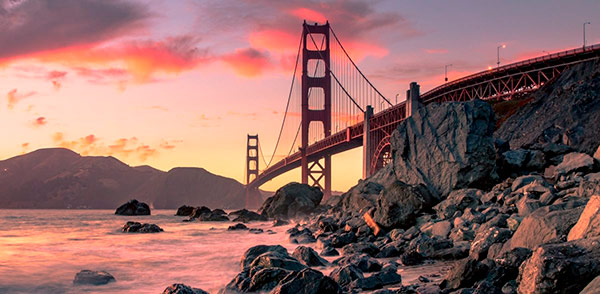
The next visit is not on land, in the air, or at sea: it’s the wonderful Golden Gate. But How did they build the Golden Gate Bridge? We’re only going to uncover some of its secrets. You’ll have to find out the rest; learning something new is one of the best parts about these excursions. Did you know that it was the longest suspension bridge when it was built (1933-1937)? Or that each of the cables the bridge hangs from is made up of more than 27,000 smaller wires grouped together? Imagine what a challenge that is!
-
A floating airport
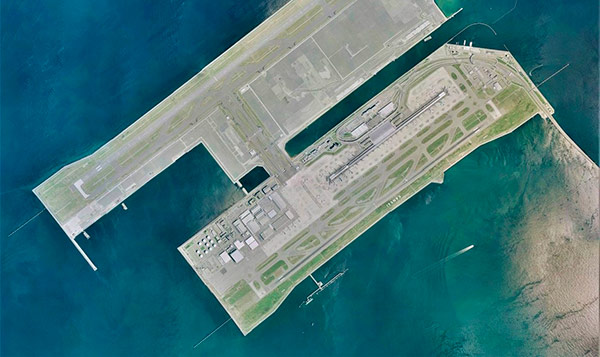
If you’ve enjoyed the imposing trials we’ve seen when building infrastructure so far, the next one is sure to move you. We’re going to get to know more about The world’s first-ever airport built on water. Yes, you read that right. This engineering feat is unbelievable yet true! The Kansai aquatic airport, the first airport built entirely on water (1987–1994), is located on a manmade island in Osaka Bay. There are so many details to look at with this engineering marvel, which is the most beautiful structure in the world for many. It’s best to stop by and see it for yourself.
-
Sustainable aviation

Coming off the aquatic airport, we’re going to stop for a moment to talk about airplanes, their efficiency, and the constant search for solutions to make them as minimally harmful to the environment as possible. One possibility that may be effective is the Hydrogen-Powered Aircraft, the Path to More Sustainable Aviation. Despite the aviation industry’s efforts to reduce its environmental impact, its exponential growth doesn’t make this easy. In 2019, it emitted 915 million tons of CO2 – that’s 2% of all the CO2 produced by humans that year. Powering aircraft with hydrogen appears to be feasible, but it needs to be fine-tuned. What does seem to be true is that, if this is achieved, CO2 emissions during flights would be totally eliminated. We have to continue working on sustainable solutions!
-
Space trips
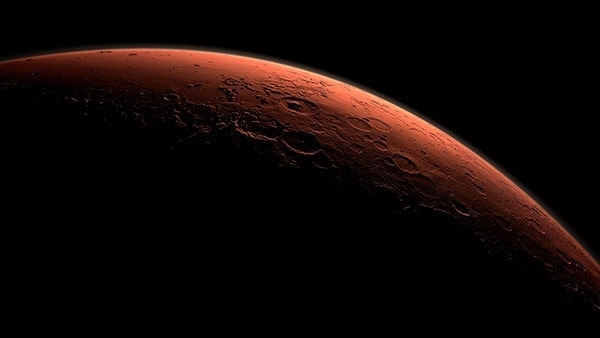
The heavens! How romantic, enigmatic, what a feeling of infinity it gives us. But it’s no longer out of reach for humankind: we’ve already touched it with our hands, created a mode of transportation to explore it, and determined routes to get around. However, what happens with what’s beyond the sky? Are we already living in the age of space travel? This interesting article lets us delve into the space adventures of millionaire entrepreneurs who yearn to reach other planets. It also analyzes the space race, which the world’s major economic powers are involved in, and it looks at the strategy that’s making it possible to lower the costs of space exploration with robots. You will find these and other questions, like whether it would be better to settle a human colony on the Moon or Mars, in this little trip to outer space.
-
A self-sustaining city
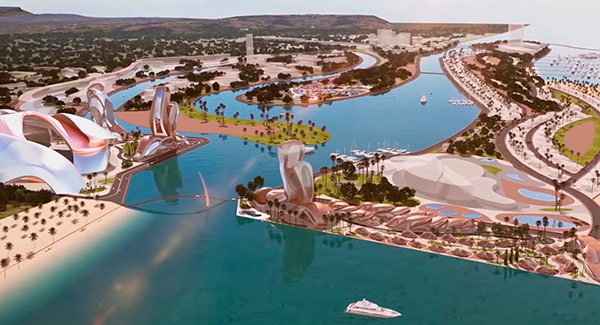
We’re going to go back to down to Earth and continue to be fascinated by projects that may seem impossible, like something out of science fiction, something more futuristic than what our own imagination can dream up. Let’s make a stop to check out Akon City, a Self-Sustaining City with a Rap Beat. It’s no utopia: it will be created in Senegal, where the rapper Akon, its main promoter, is from. There’s already a construction company in charge of carrying it out. This self-sufficient city will incorporate the latest technological innovations, with a surface that is 100% walkable and suitable for cyclists. It will clearly be geared toward efficiency and sustainability and will aim to reverse the African diaspora as a powerful call for the return of ‘lost talent.’
-
Leadership and teamwork
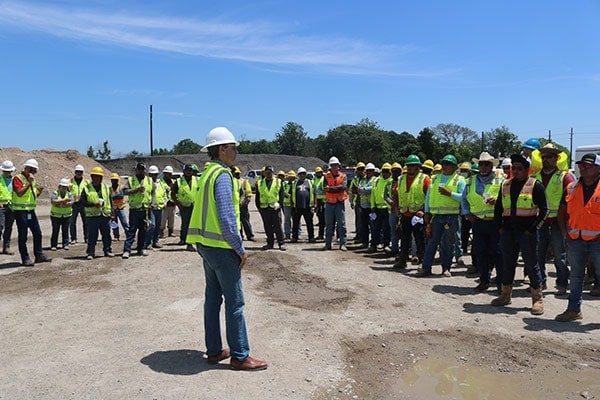
We’re reaching the end of this intense journey, taking in its magnitude, the difficulty involved, and the conflicts we face as a society and as the individuals who compose it. We’d especially like to recognize those who are on the teams involved in implementing these and other superb projects. They’re unbeatable specialists who put their know-how and talent to work to find tangible solutions. The figures who do a magnificent job in leadership roles also deserve to be mentioned, as they know that Supporting a Team is Key to Leading It Successfully.
Thanks to everyone who has been with us throughout this year by reading. We’ll continue exploring the wonders of this world and sharing them to continue marveling together.





There are no comments yet